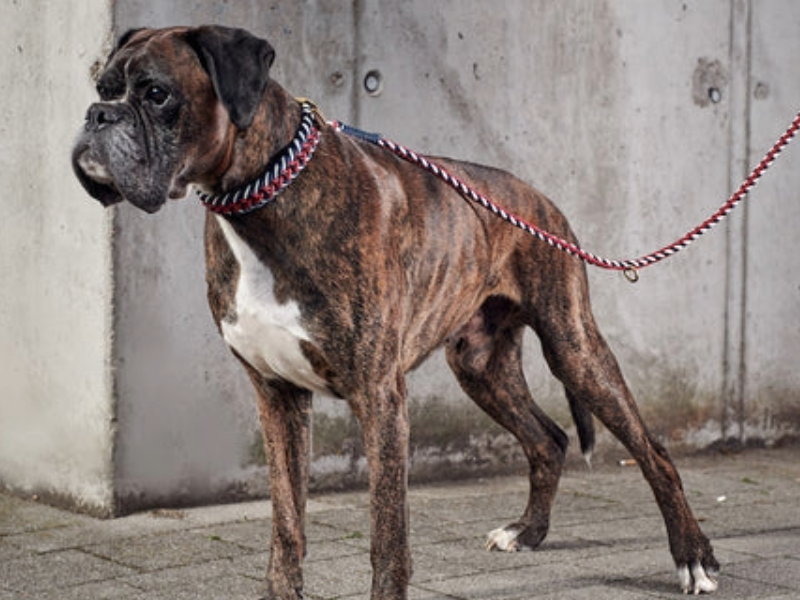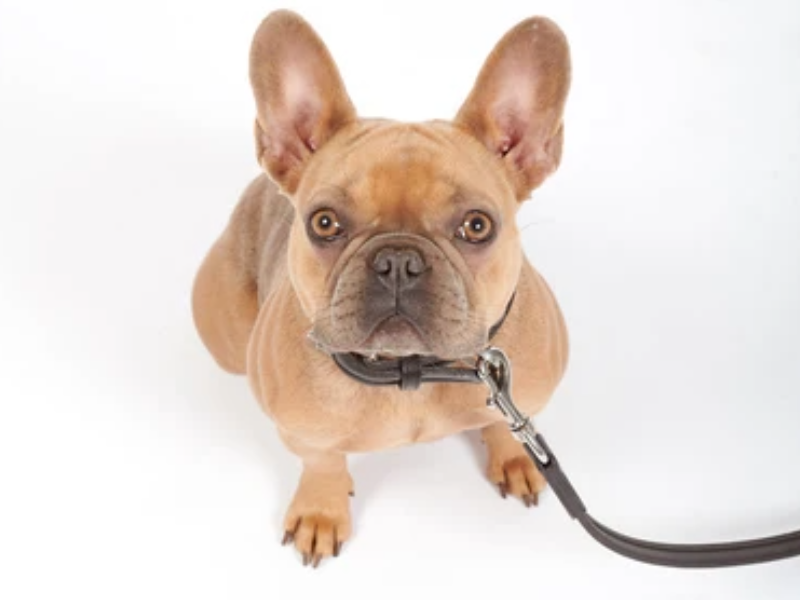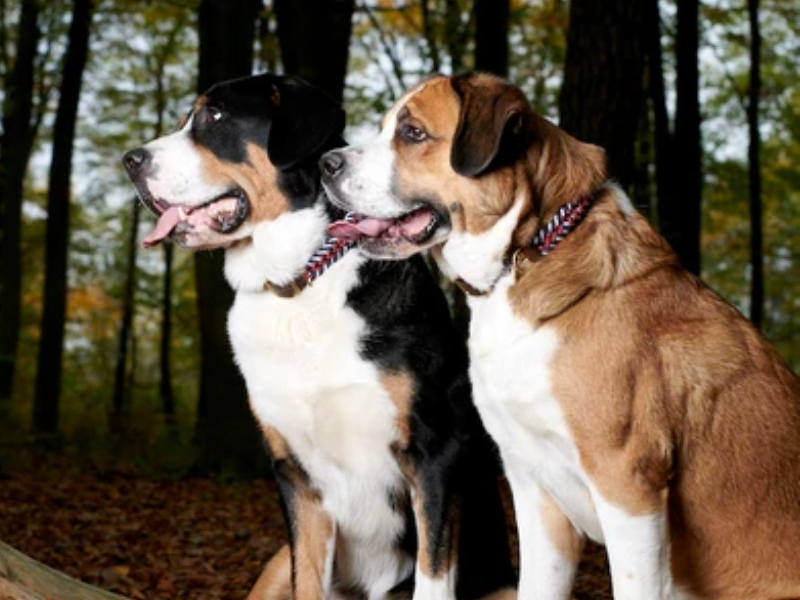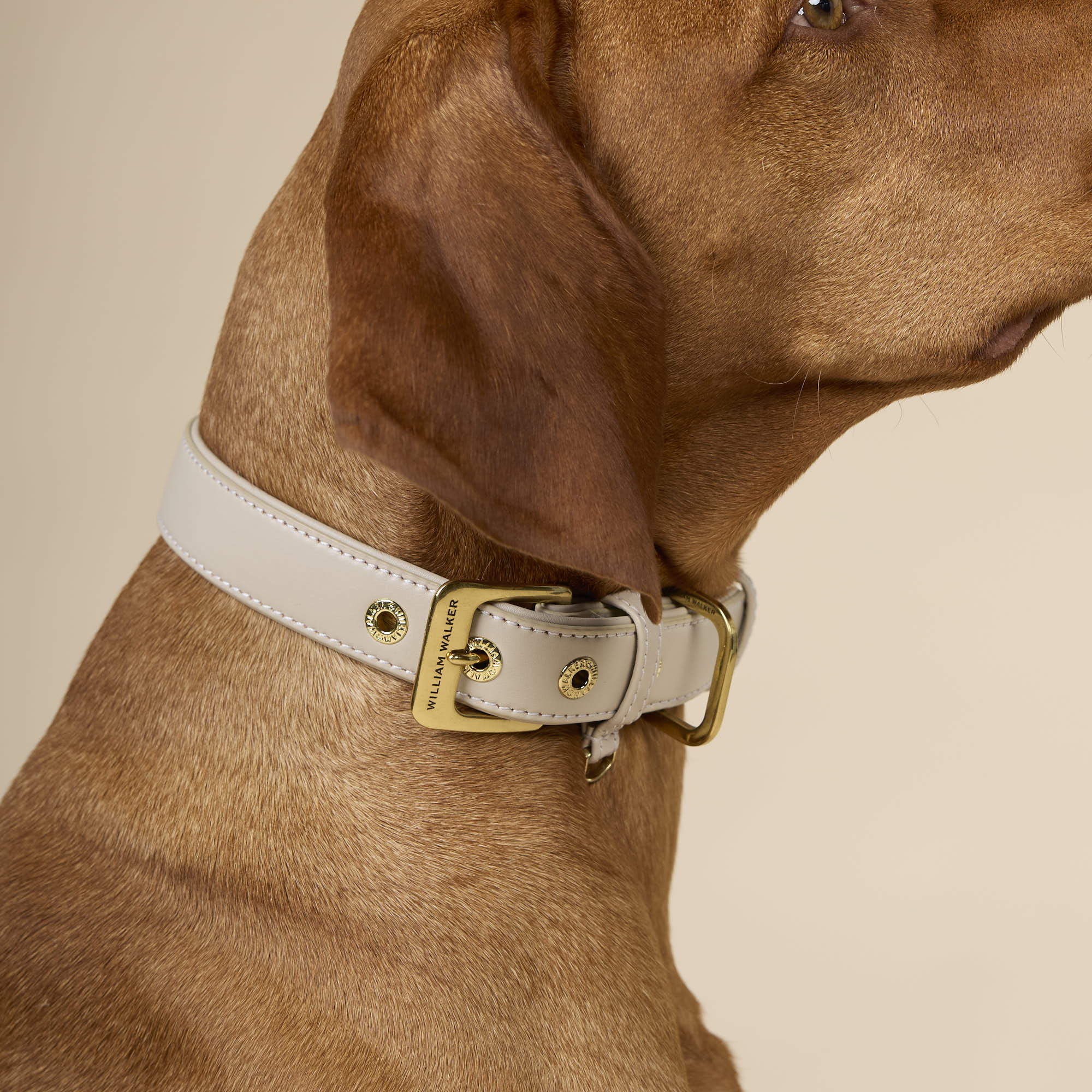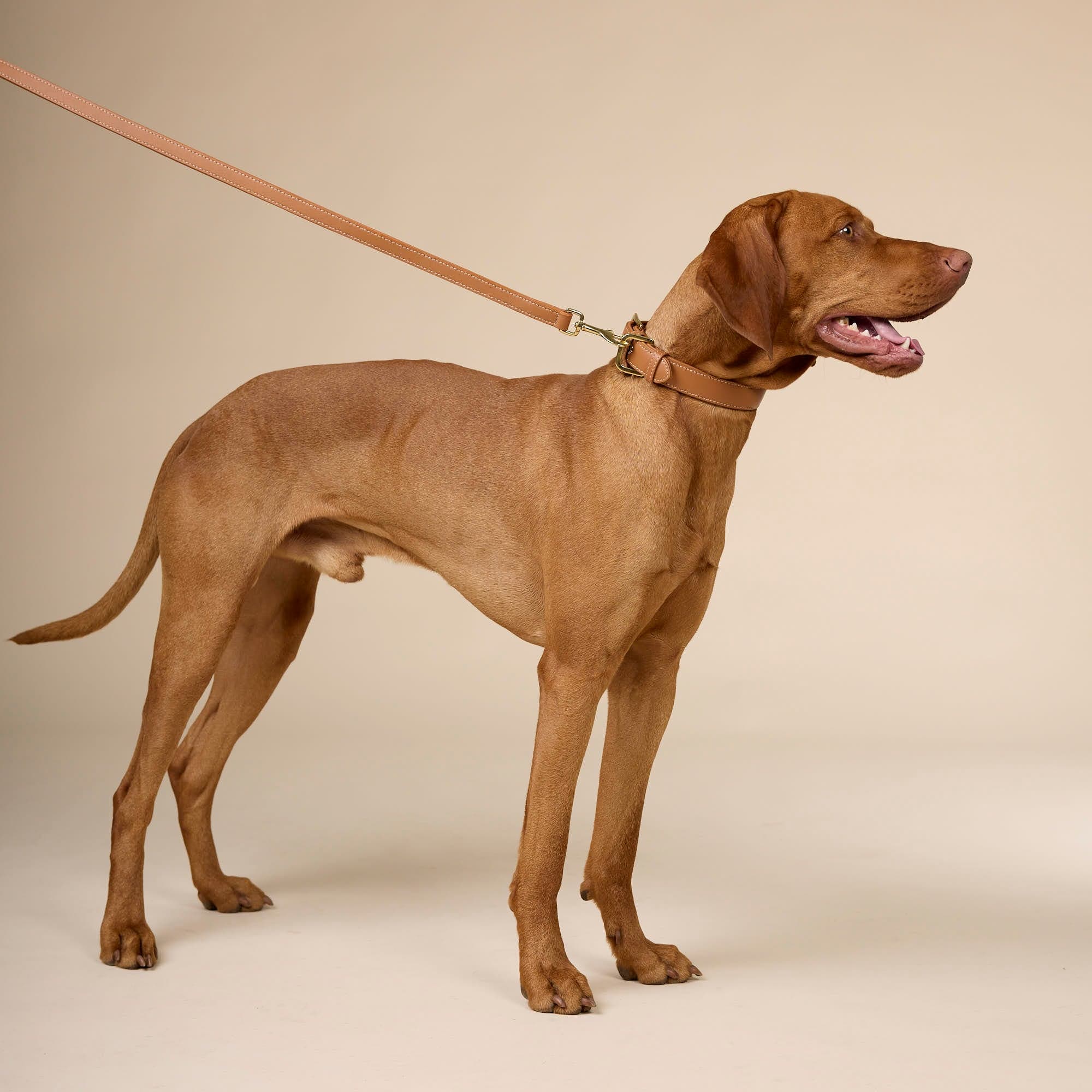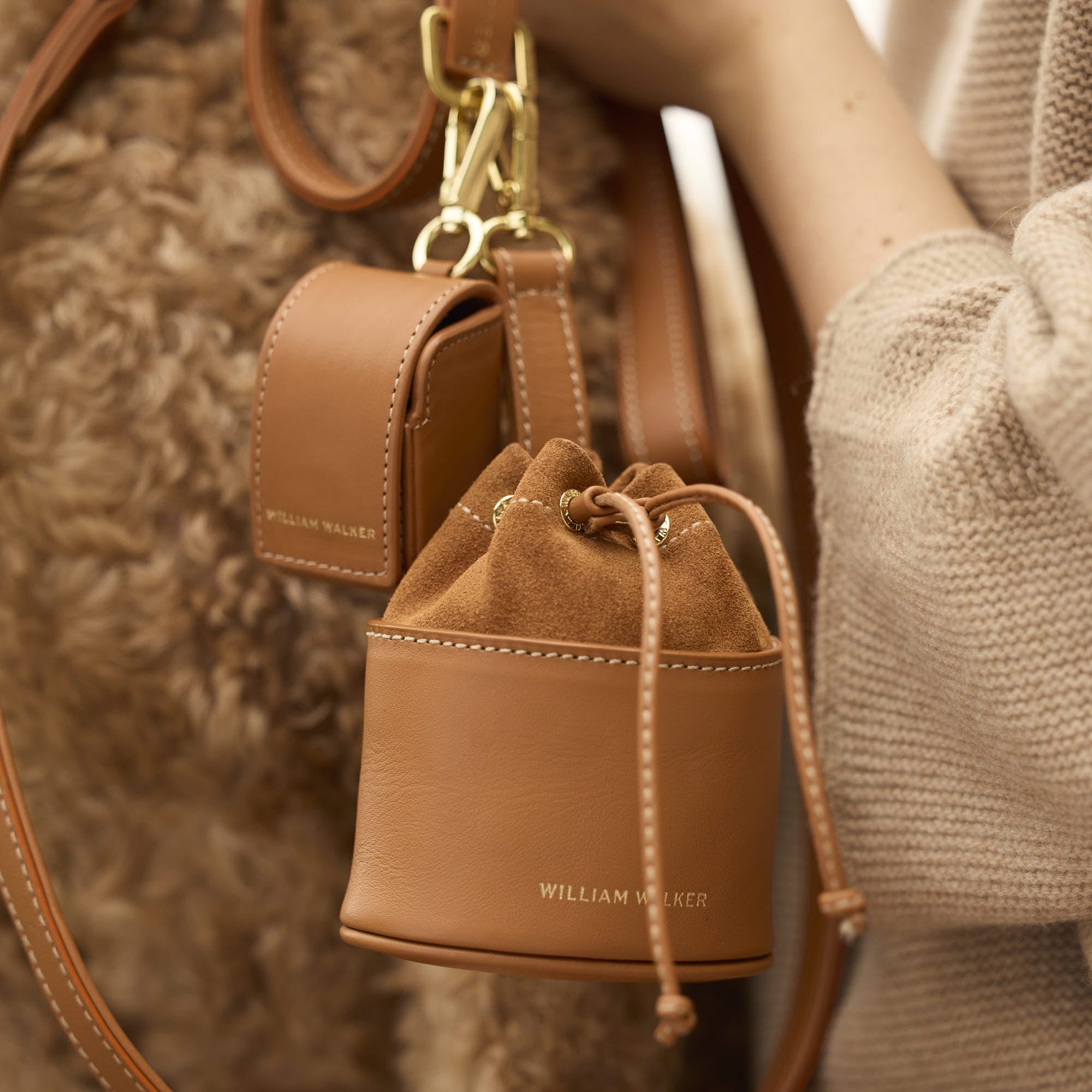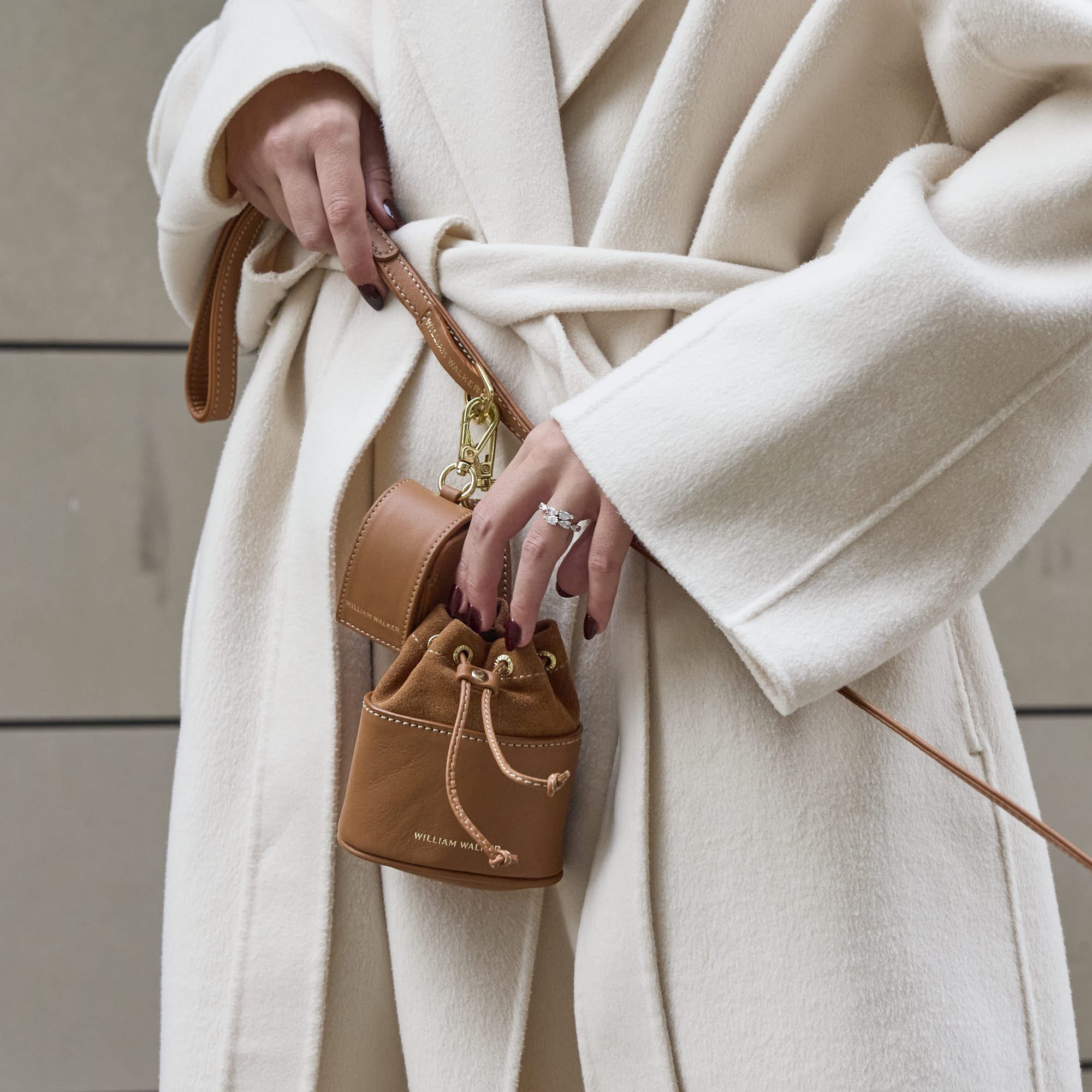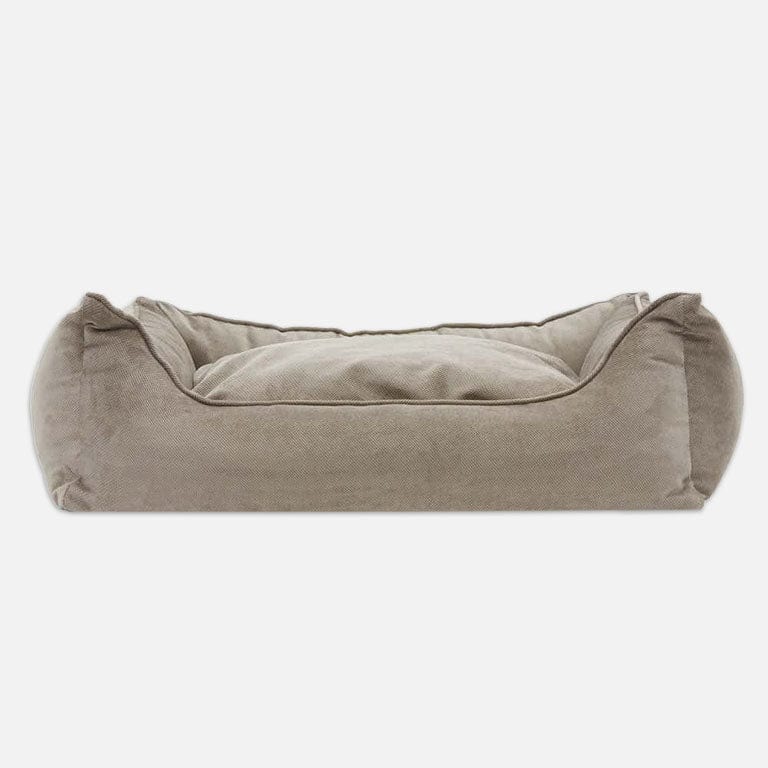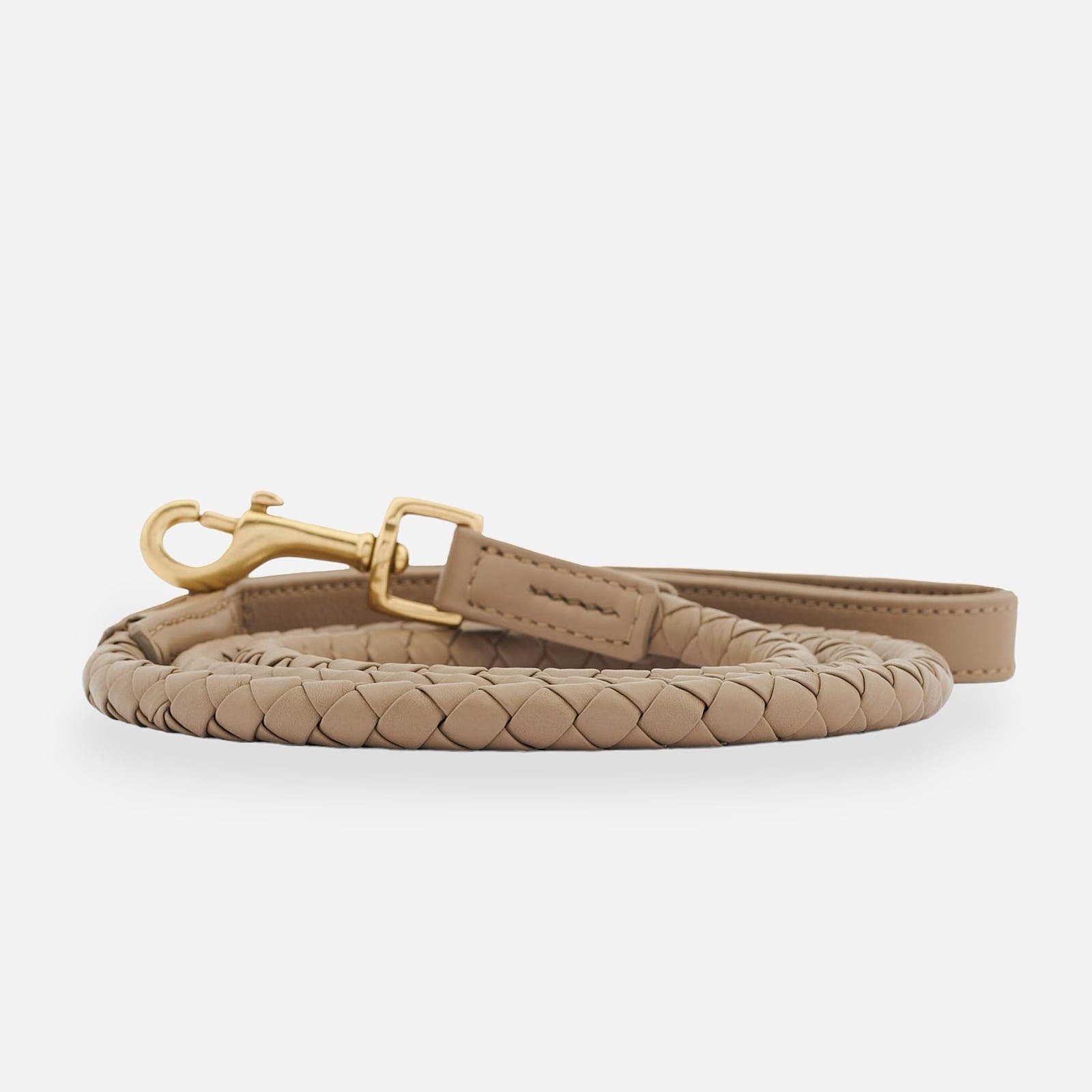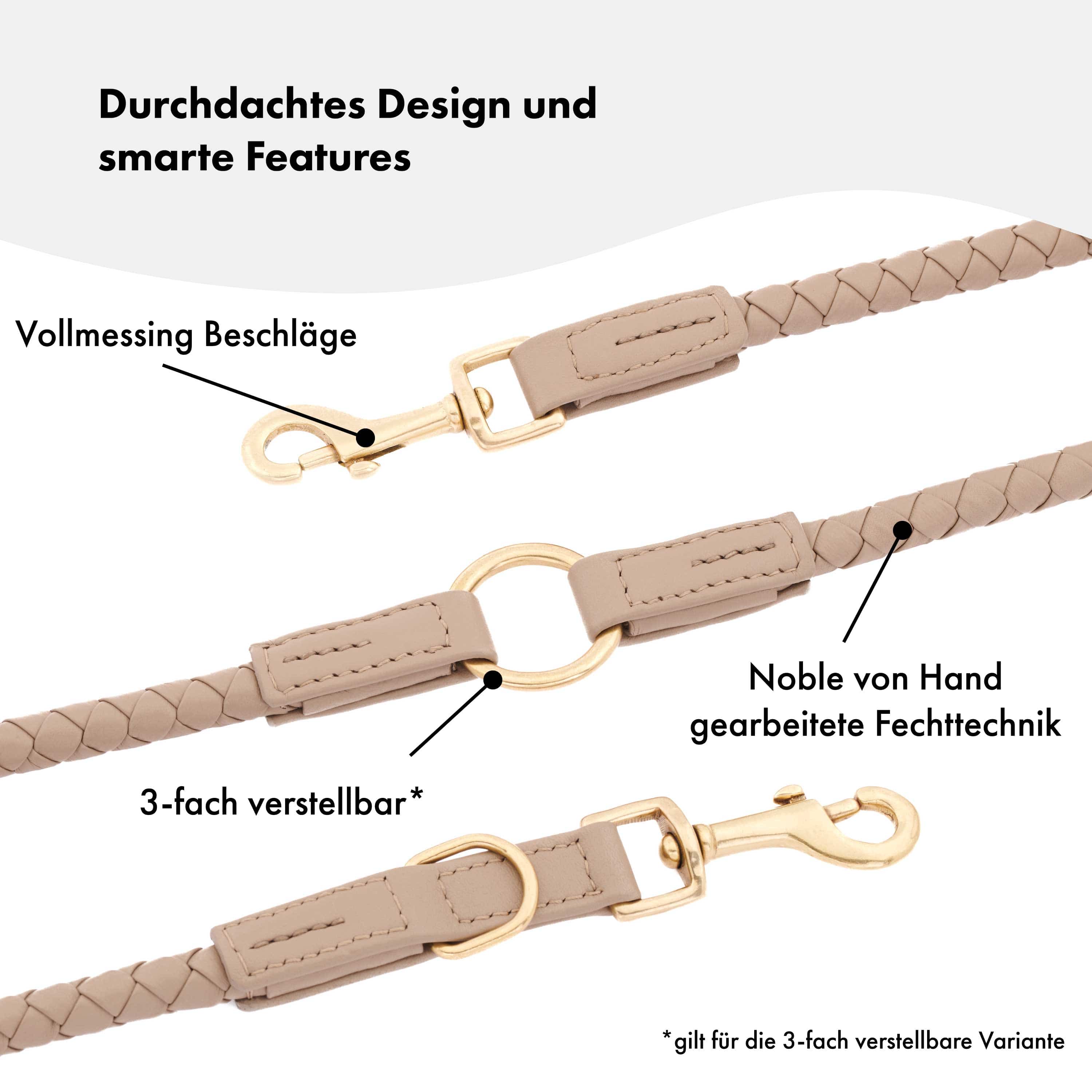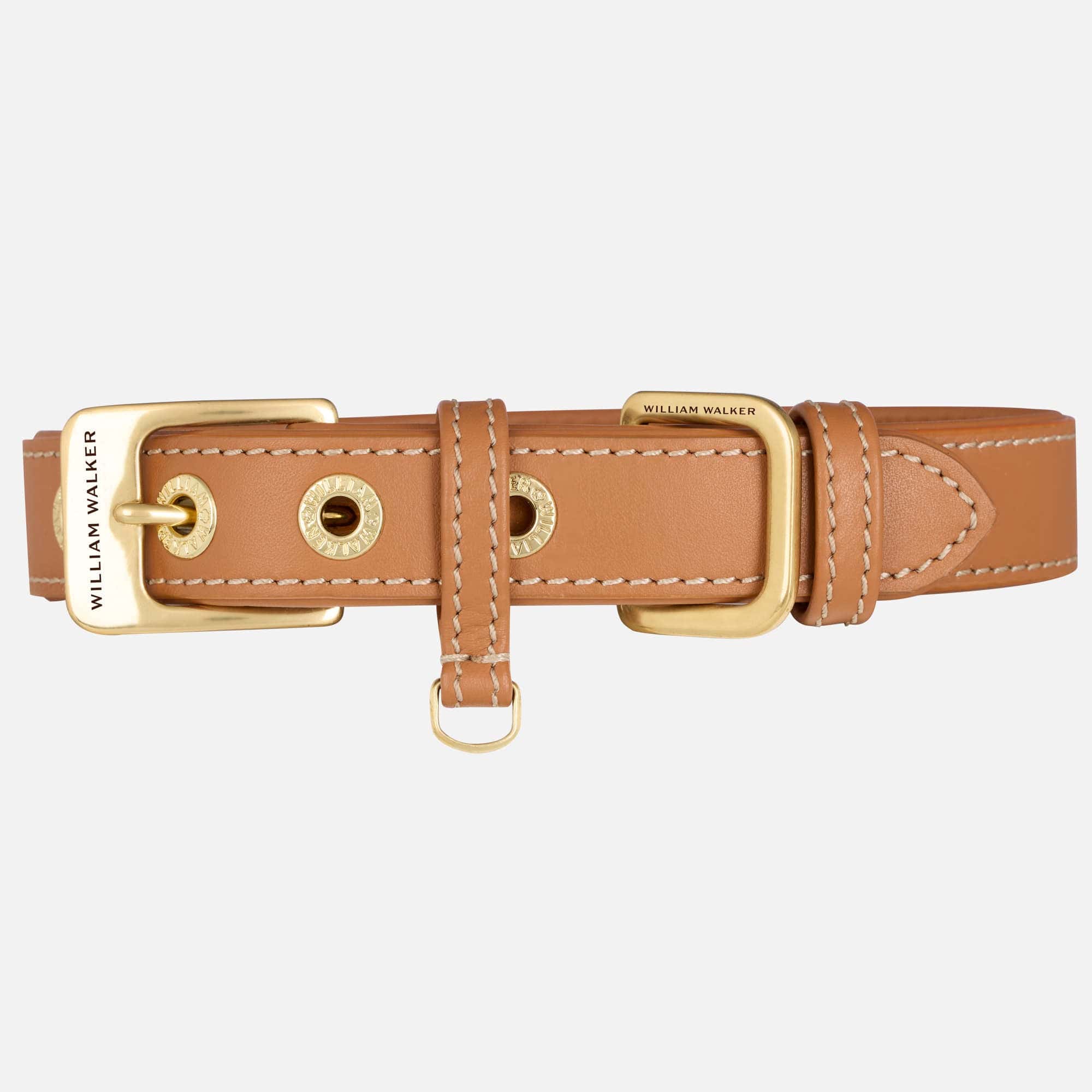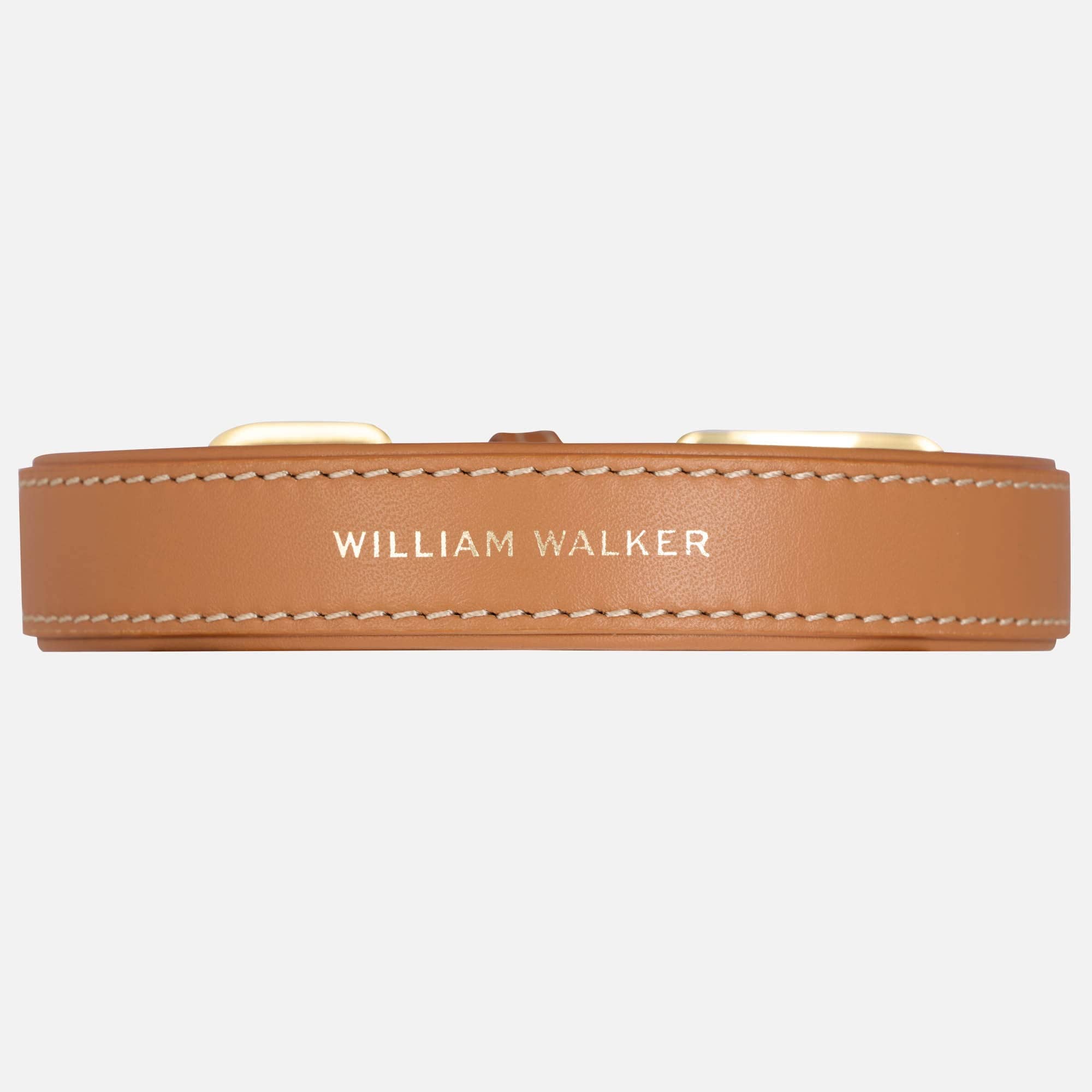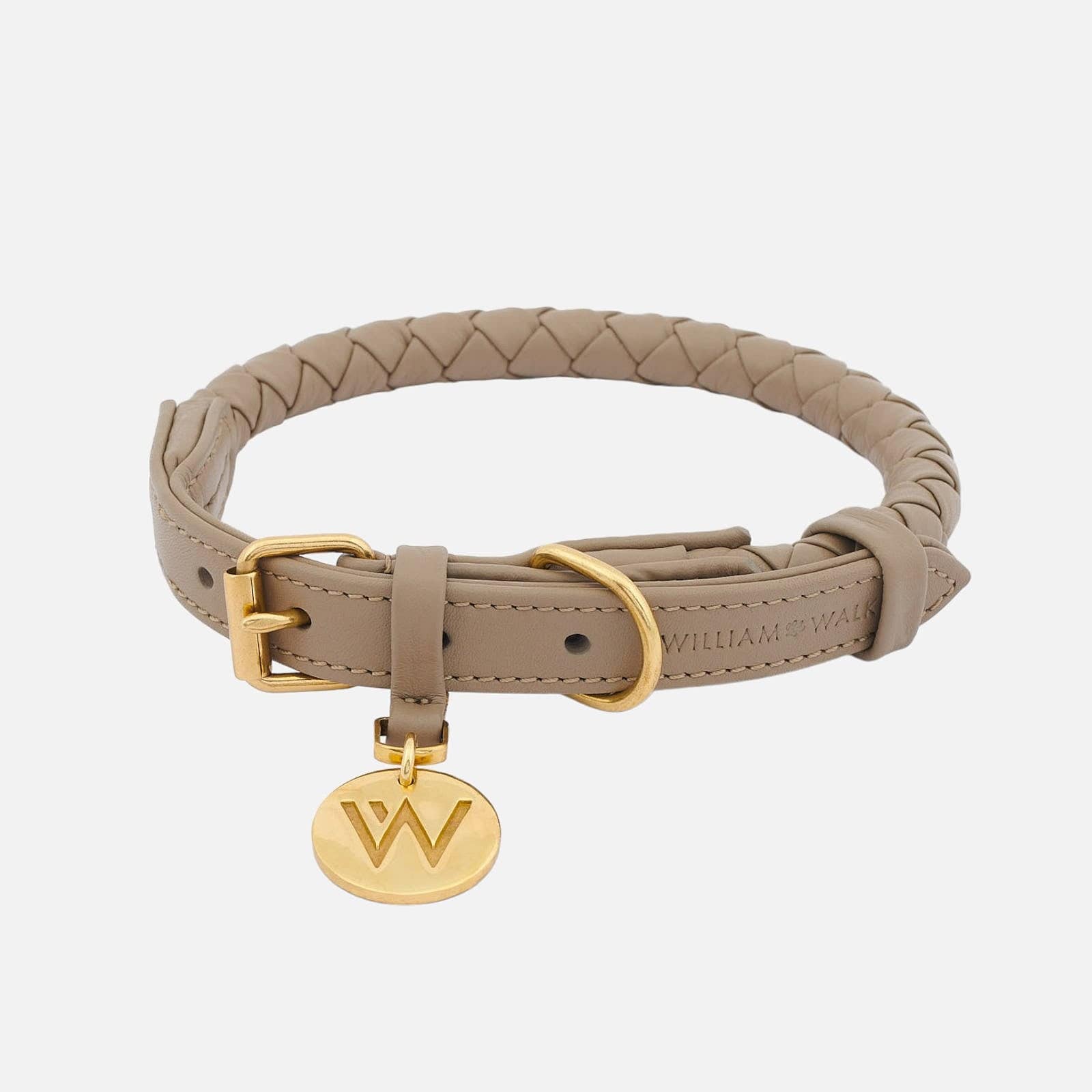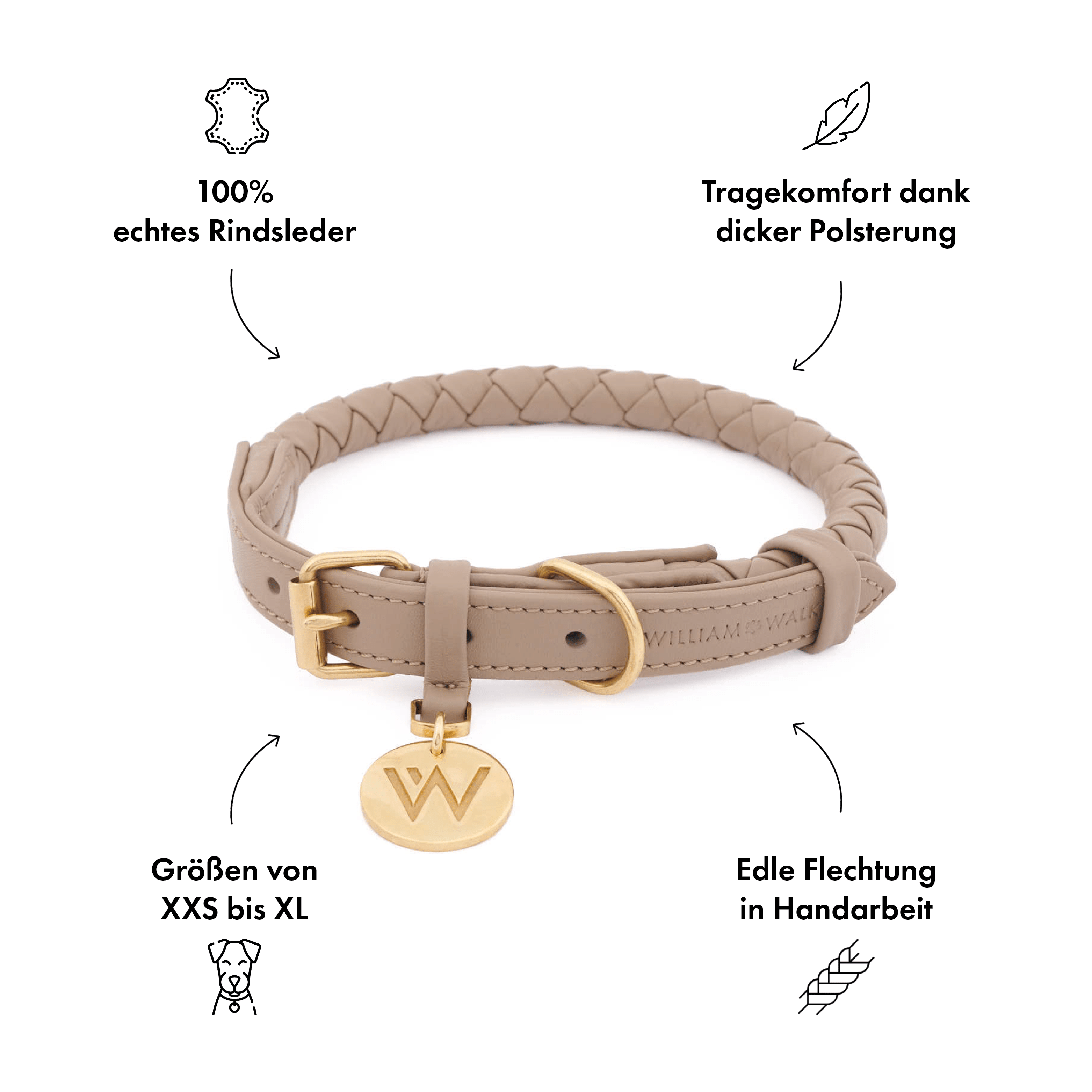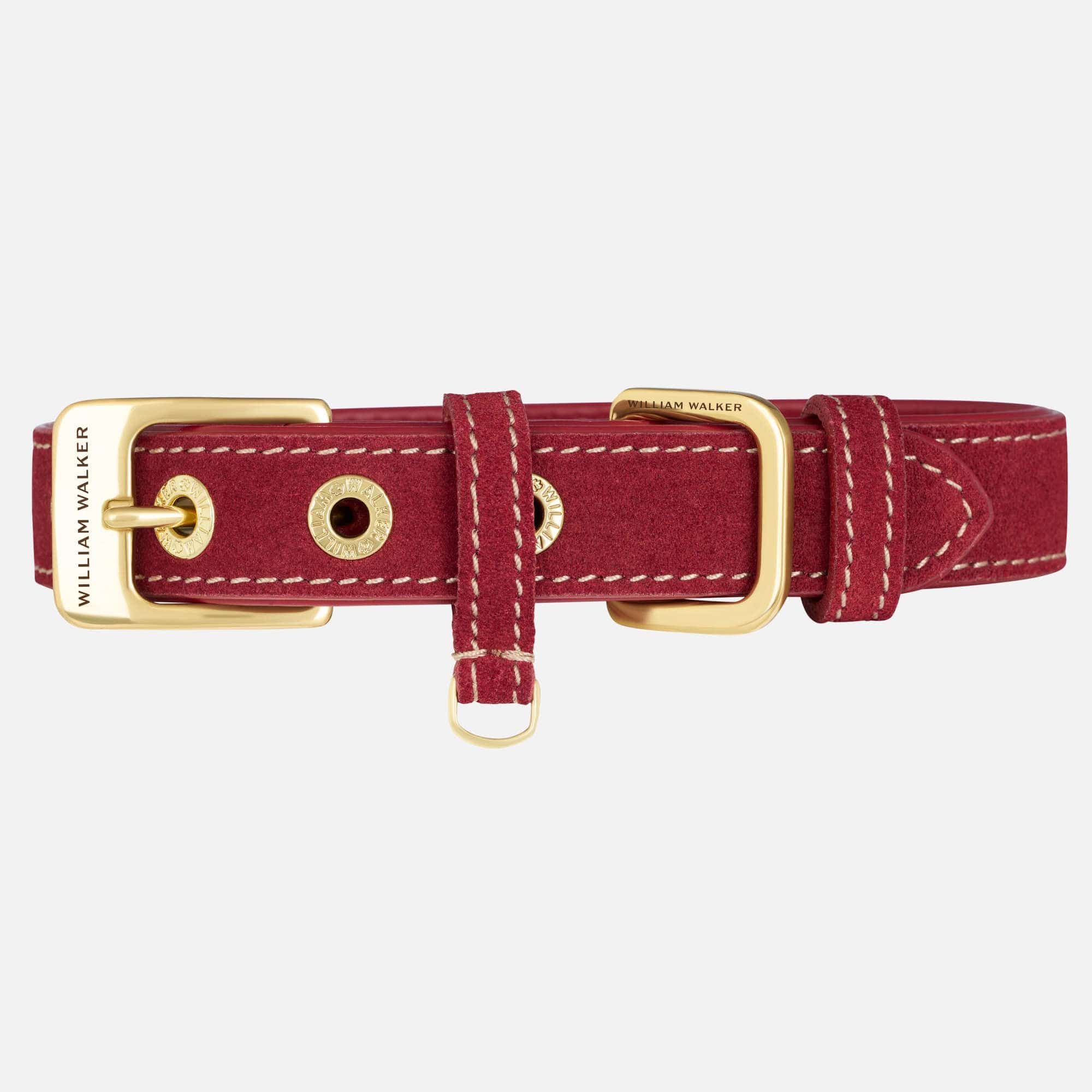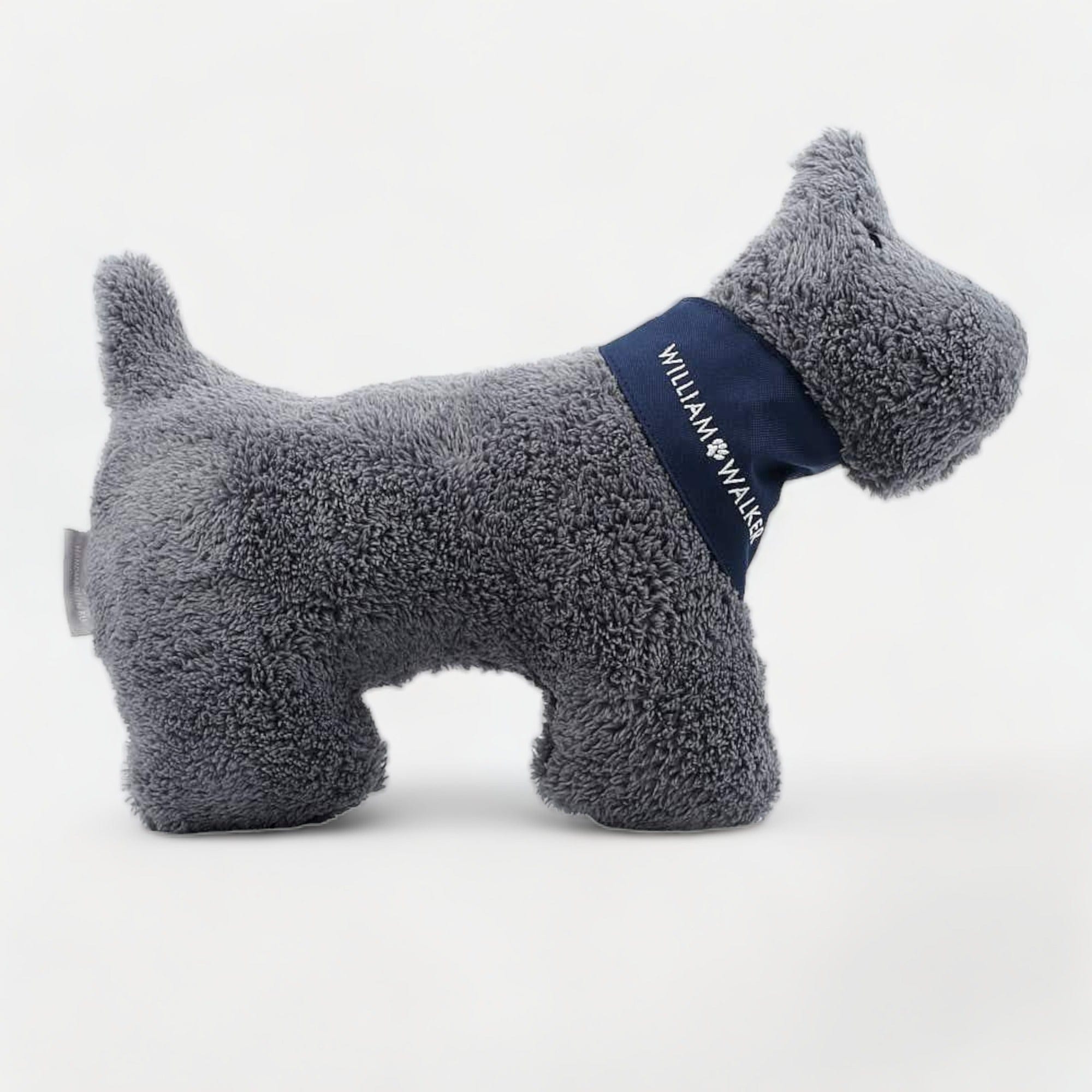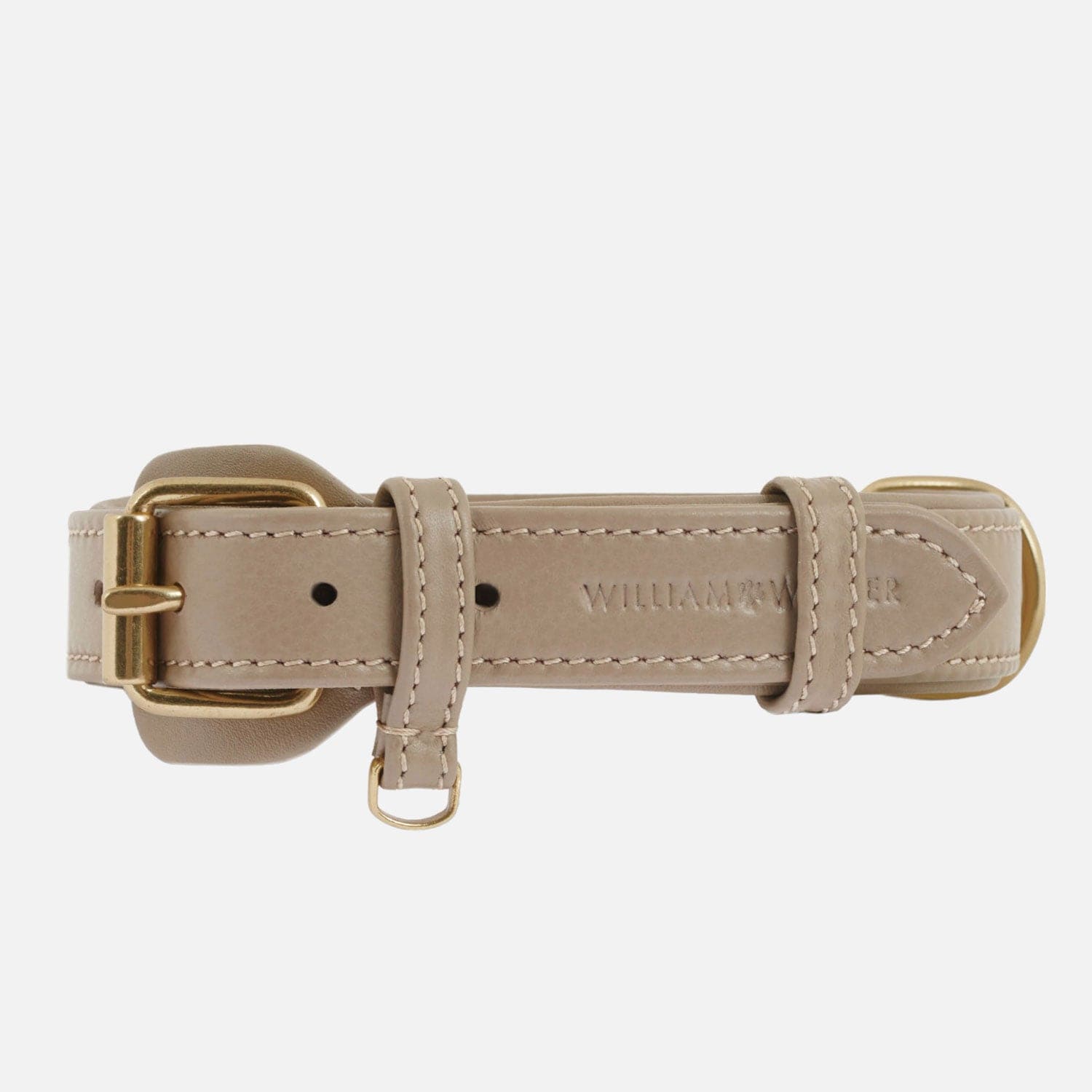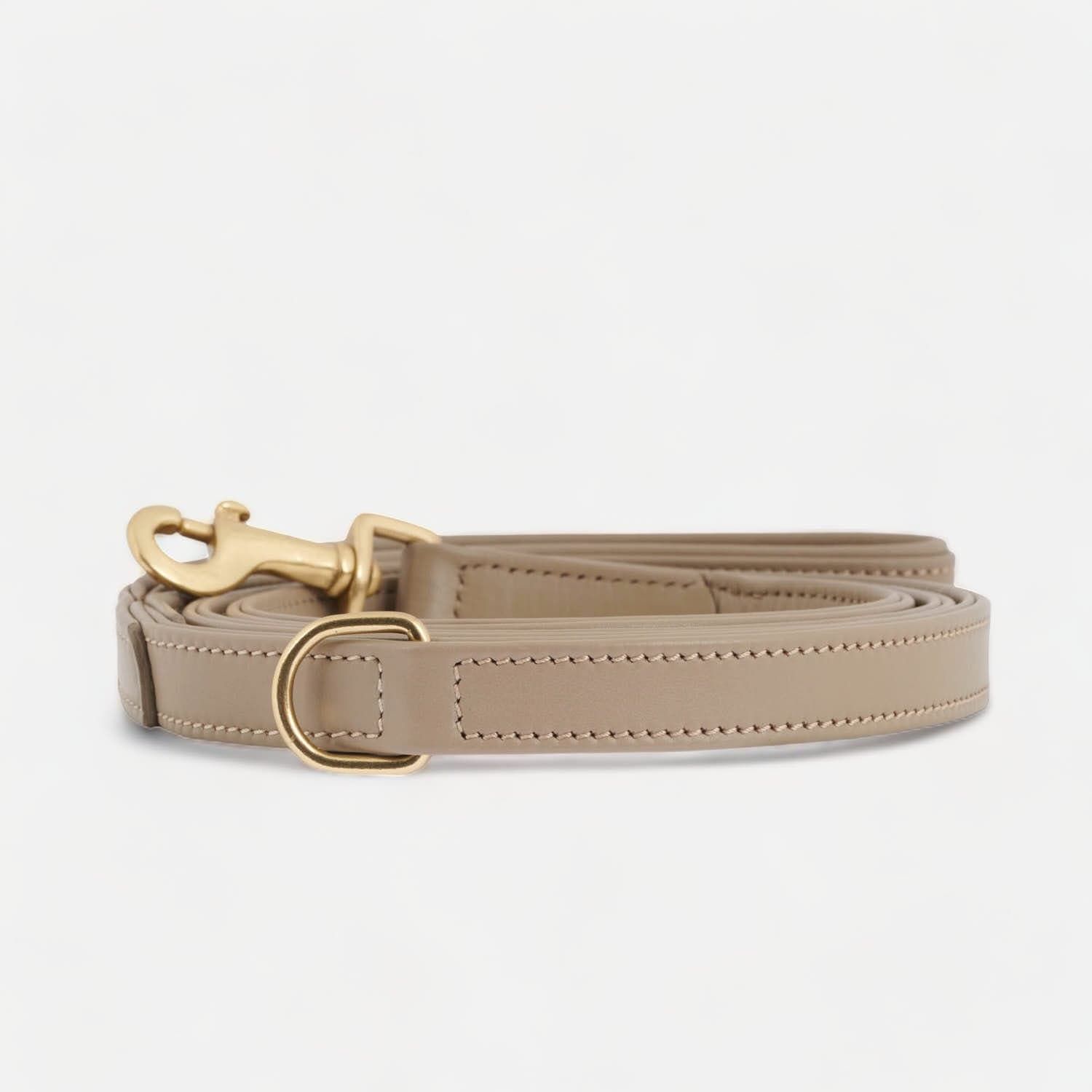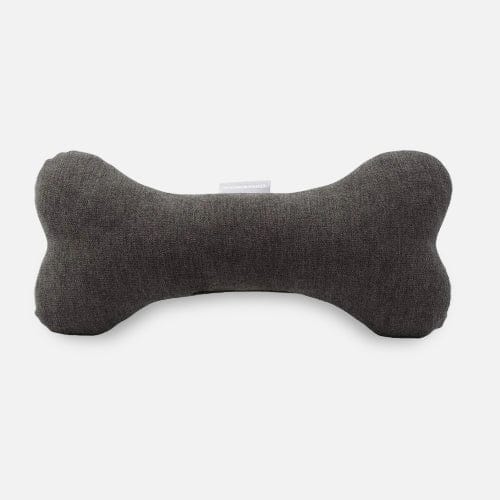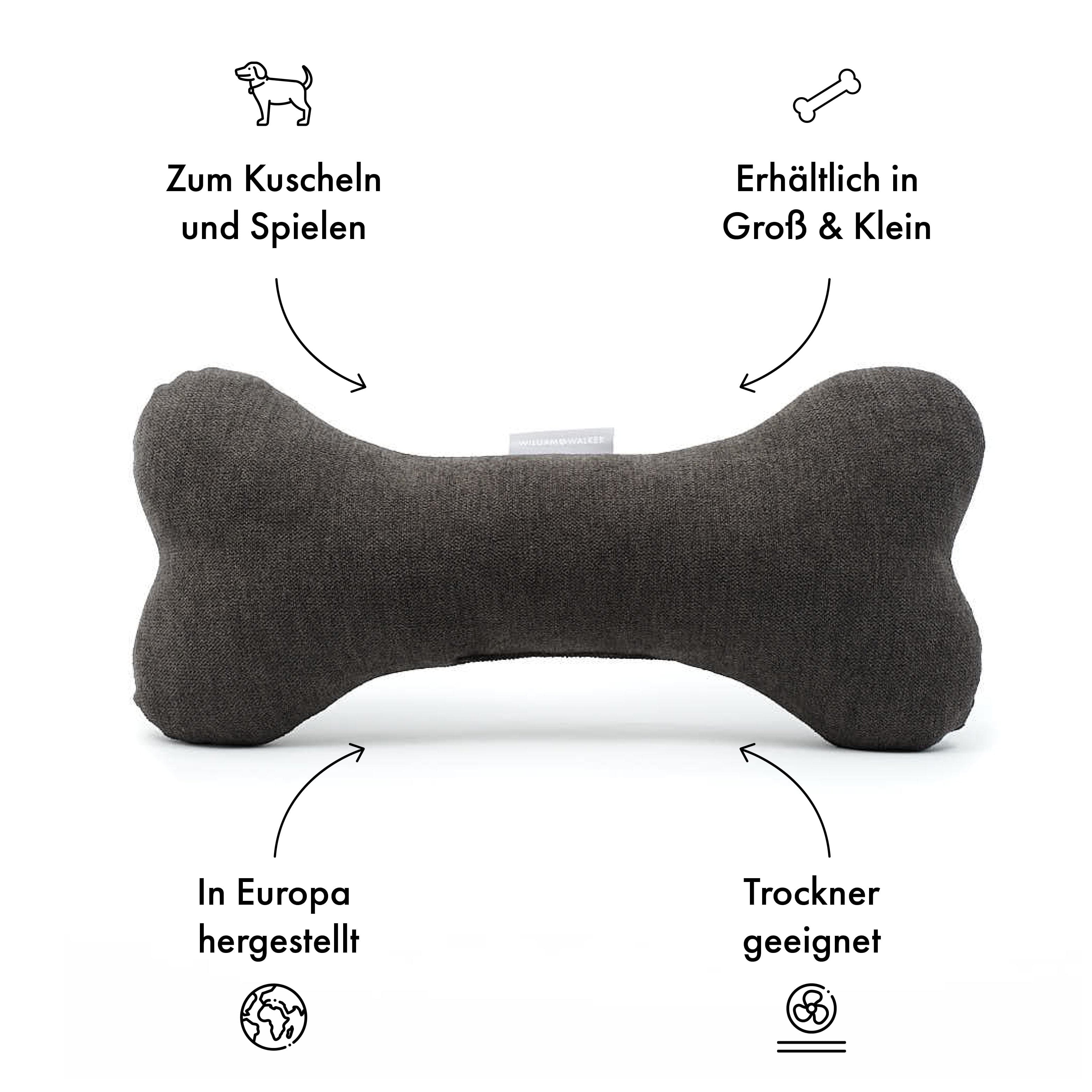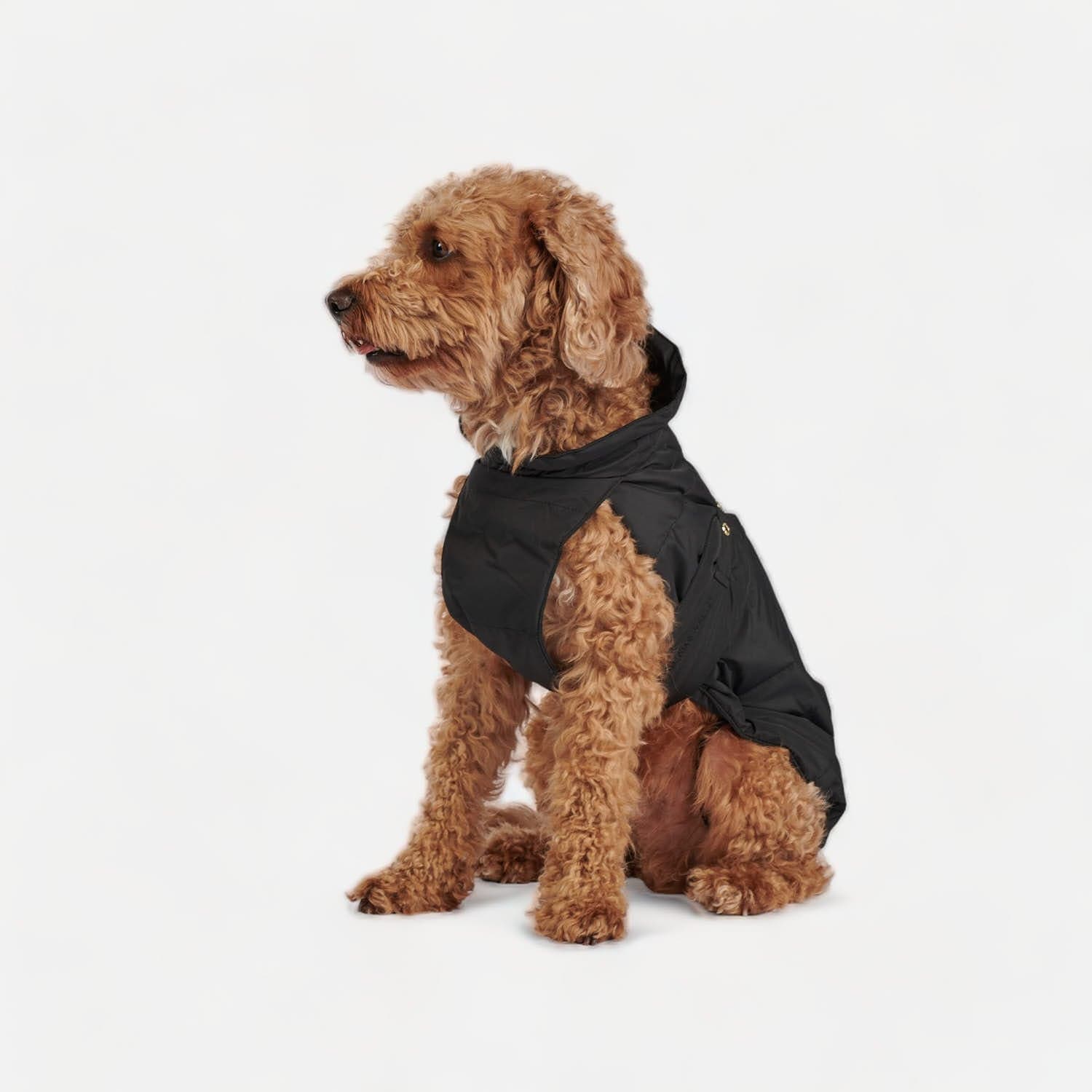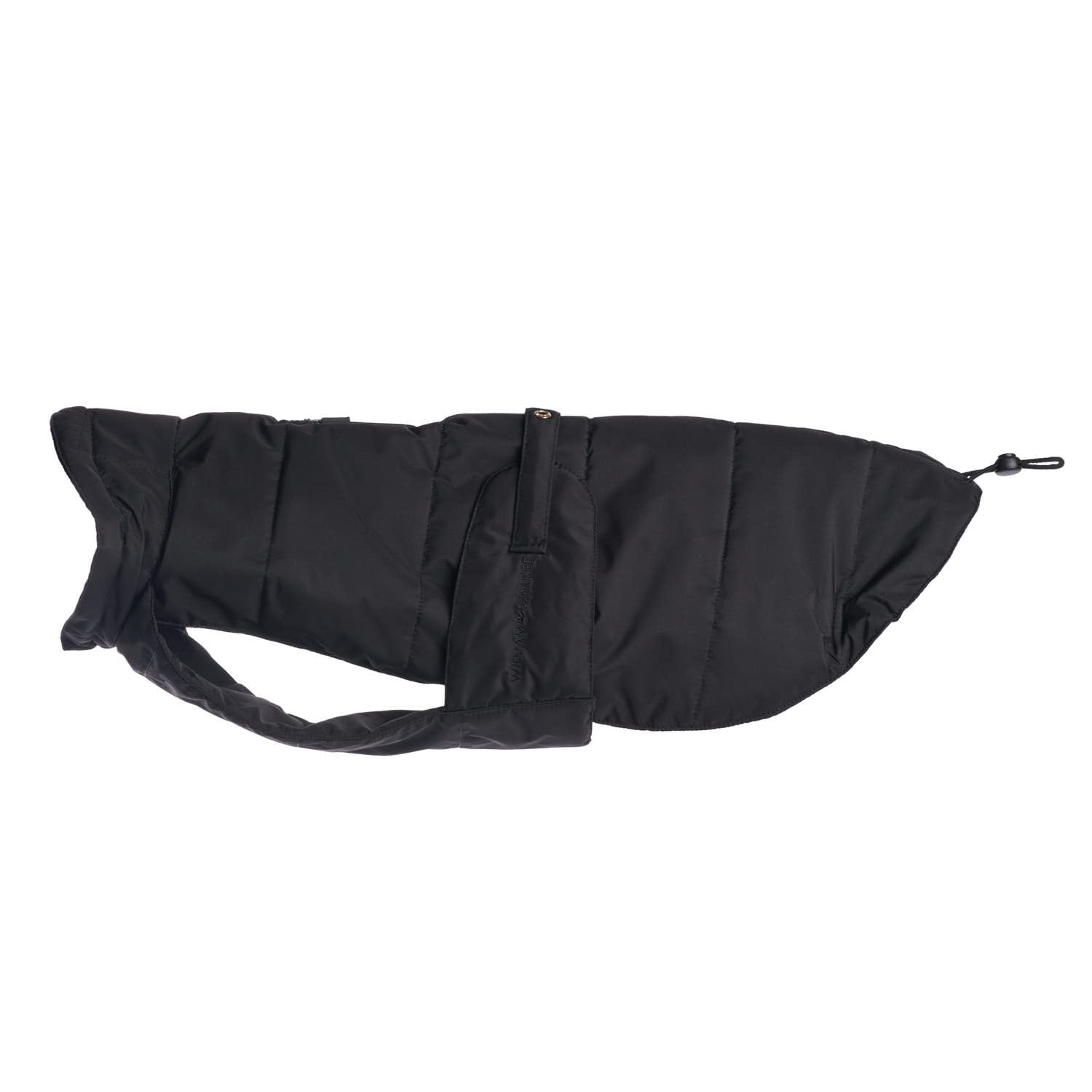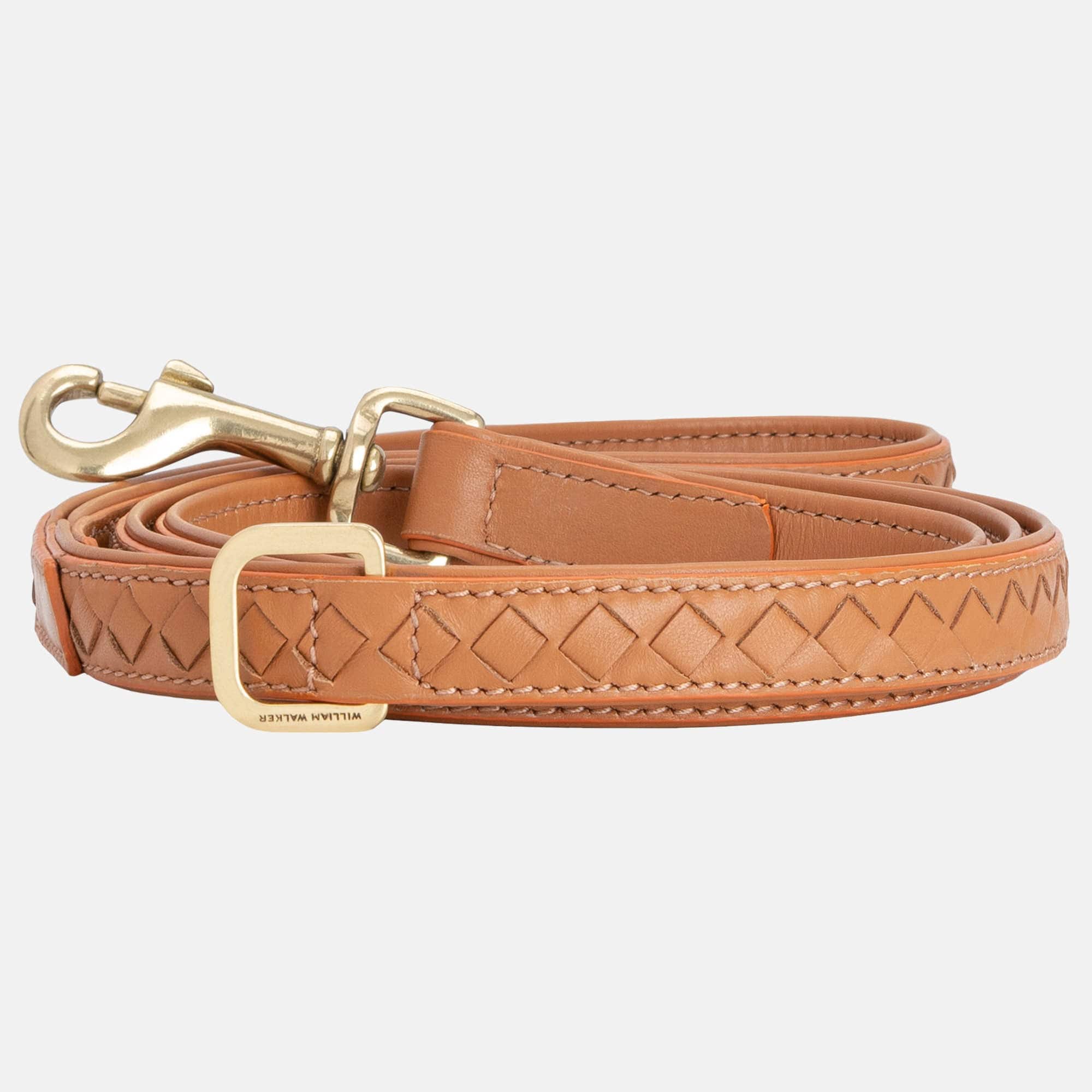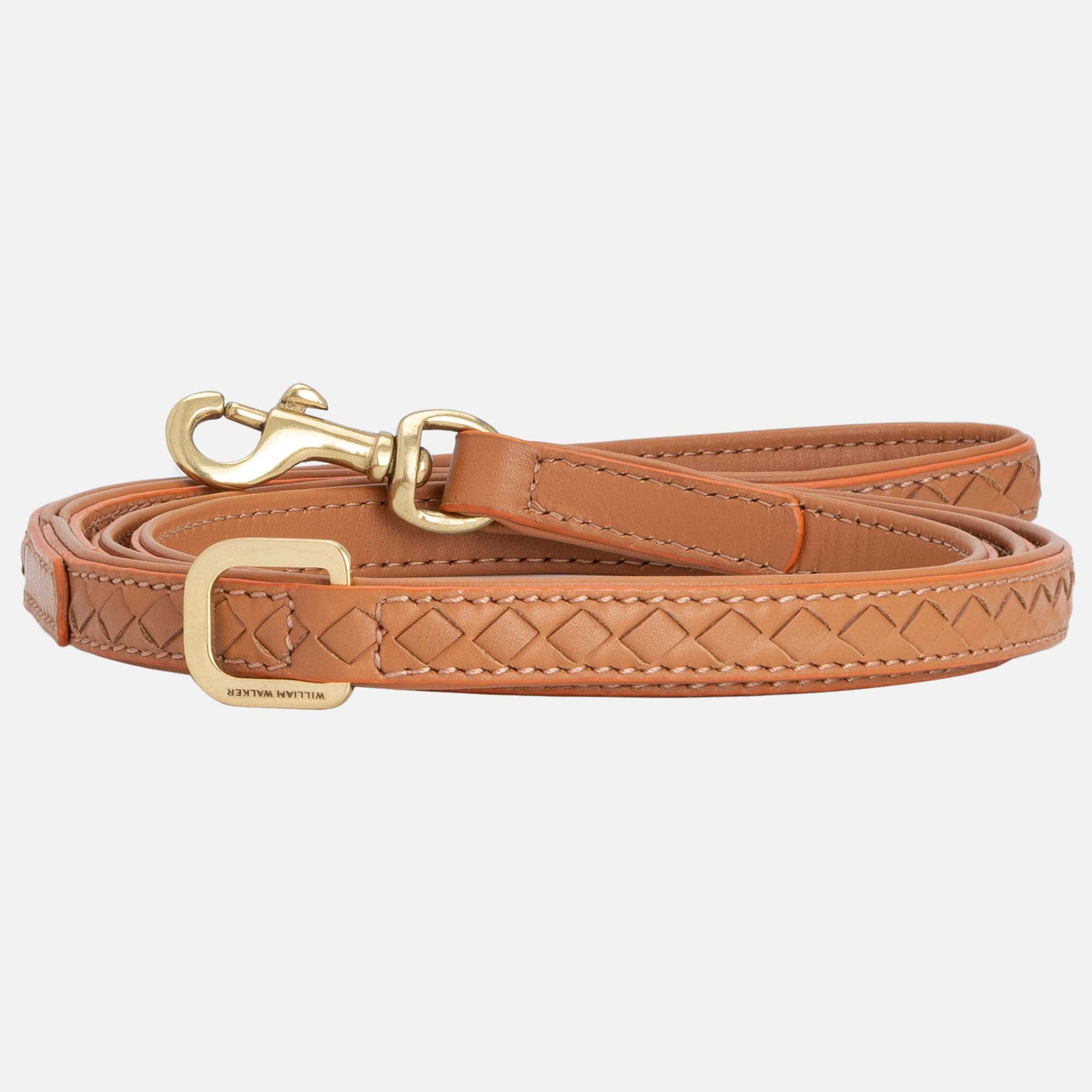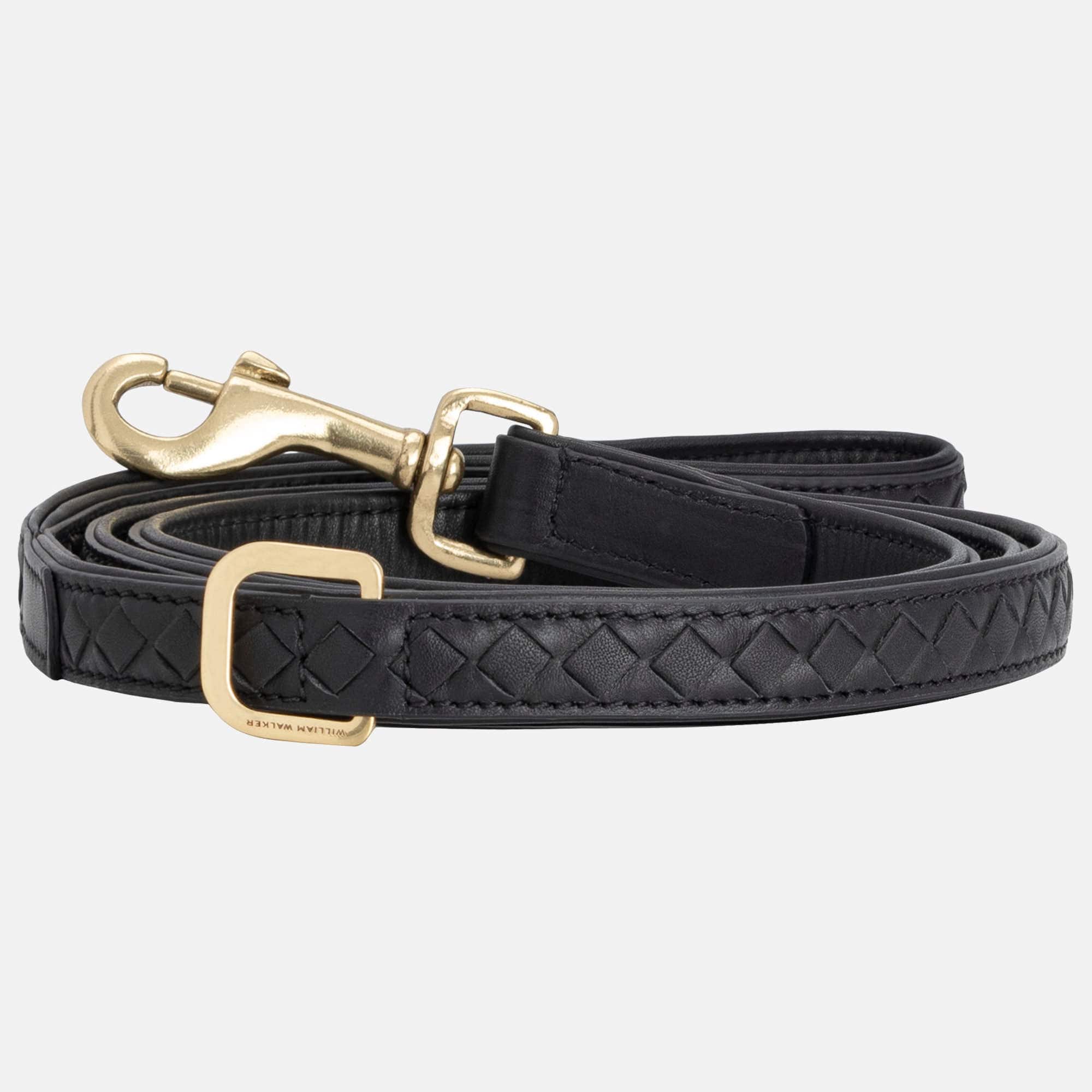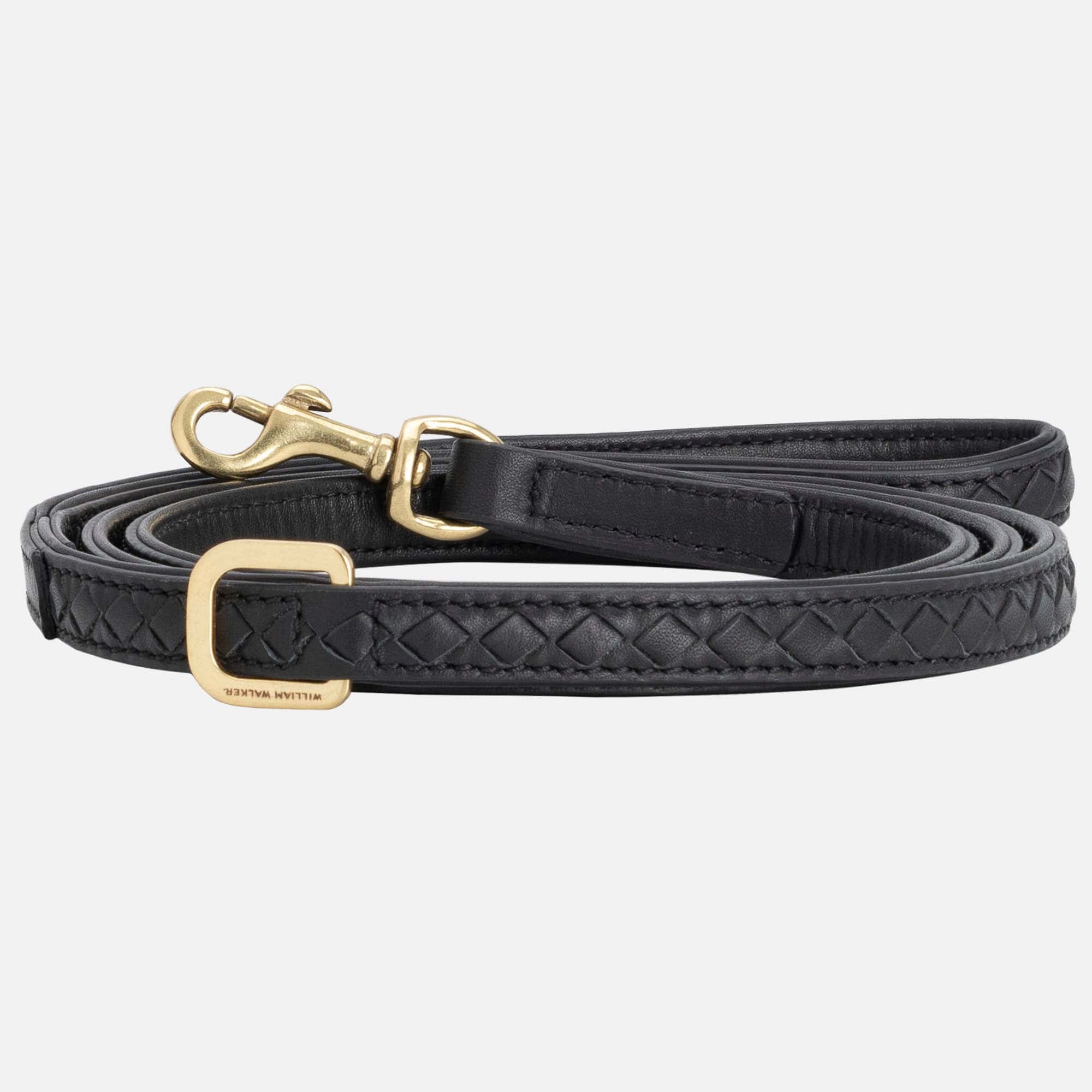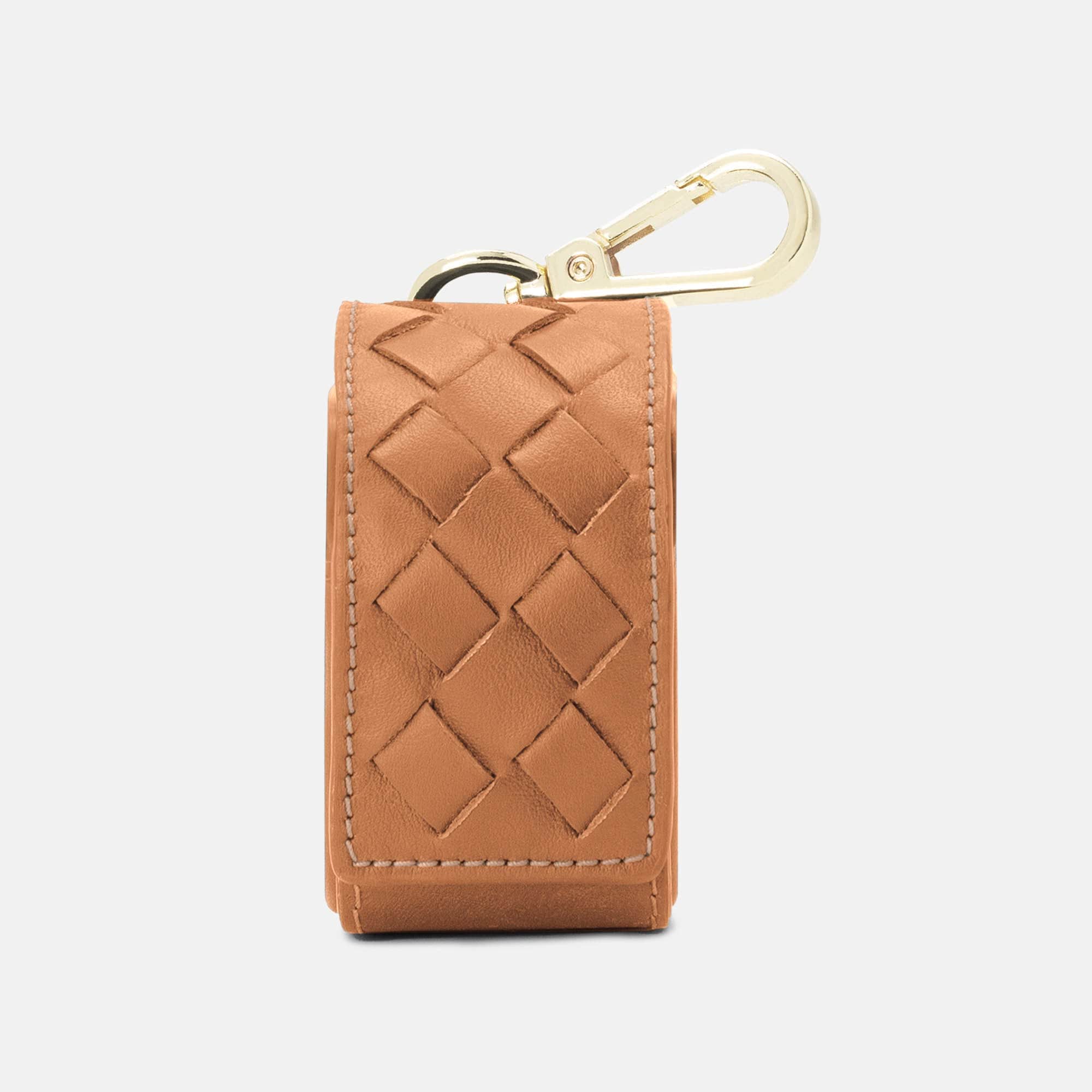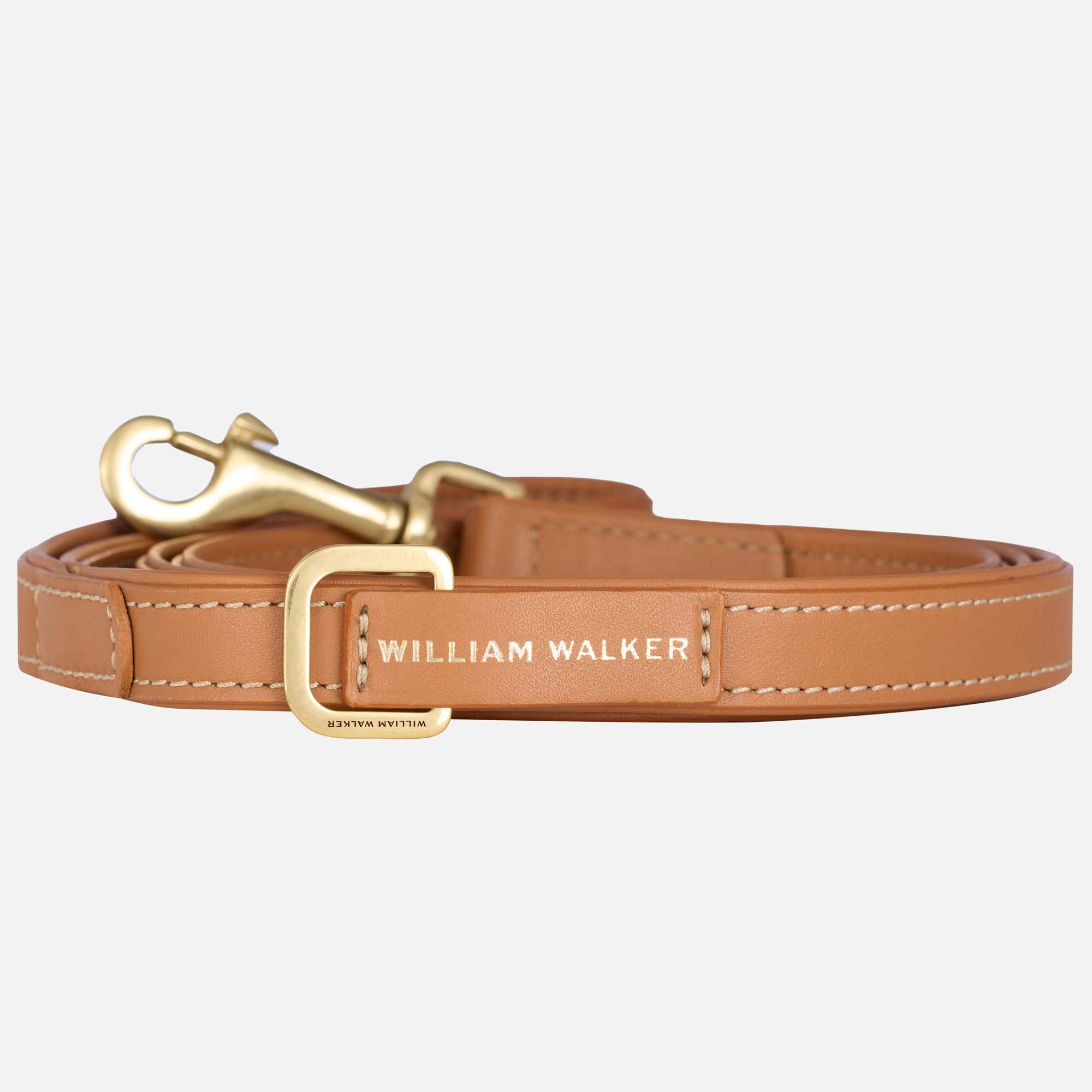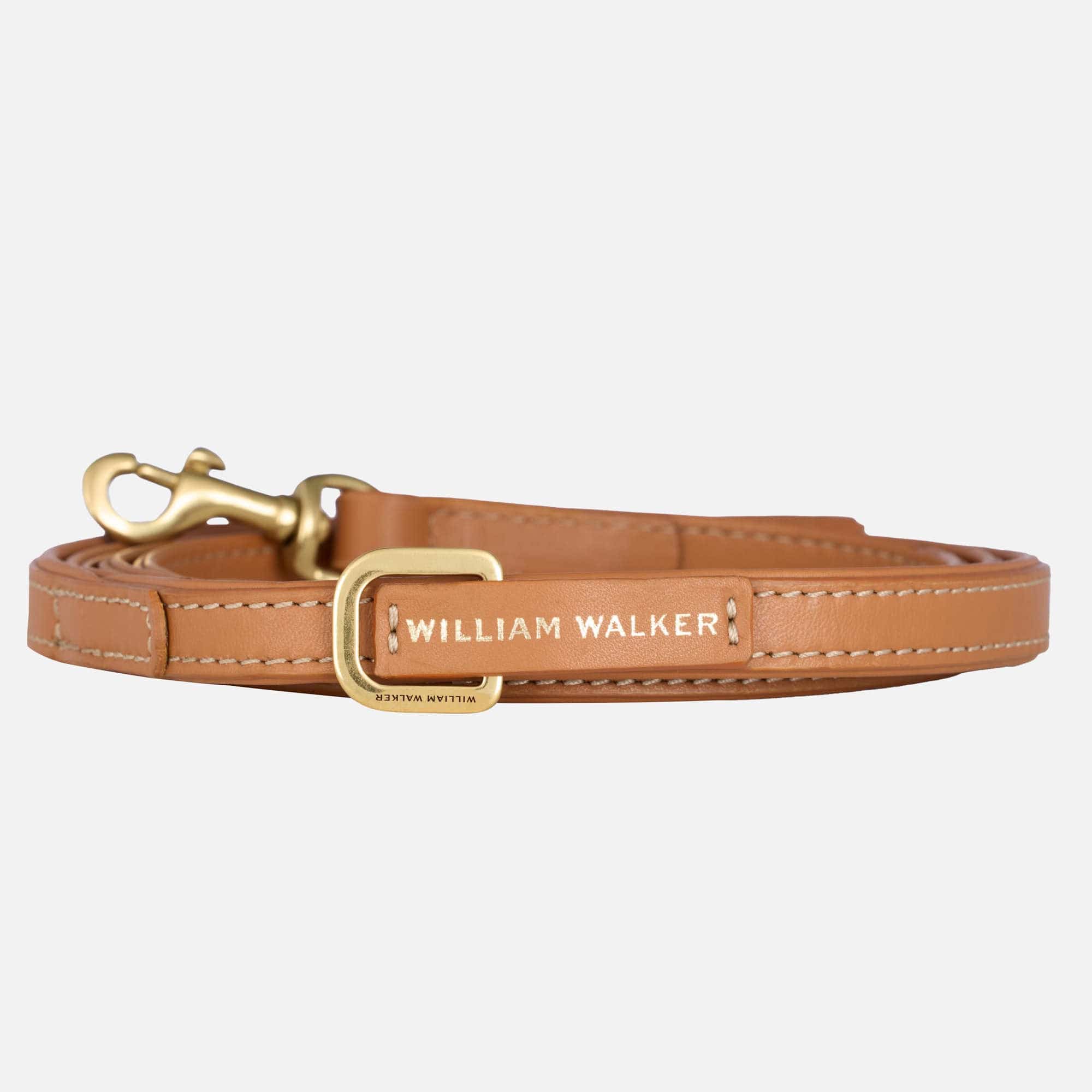What exactly does "dog breed" mean?
A dog breed is a specific and distinguishable breed of domestic dog. The Fédération Cynologique Internationale (FCI) currently has about 370 different dog breeds listed and thus recognised. The cynological umbrella organisation assigns the dog breeds to different groups and sections based on appearance and temperament. There are 10 FCI groups, including FCI Group 1: Herding Dogs & Cattle Dogs or FCI Group 3: Terriers.
Which dog breed suits me?
Getting to know the different breeds of dogs is crucial for us humans, especially when we want to take in a four-legged friend. Which dog suits me? That is the all-important question when buying a dog. It doesn't always have to be a purebred animal, because even in the case of mixed breeds from the animal shelter, the various breed combinations give us information about whether the dog will grow very large, for example, or possibly has a hunting instinct. Ultimately, however, it is not only the breed and its characteristics that determine the development and behaviour of the four-legged friend, but also the upbringing and socialisation. A dog breed is a specific and distinguishable breed of a domestic dog. The Fédération Cynologique Internationale (FCI) currently has about 370 different dog breeds listed and thus recognised. The cynological umbrella organisation assigns the dog breeds to different groups and sections based on appearance and temperament. There are 10 FCI groups, including FCI Group 1: Herding Dogs & Cattle Dogs or FCI Group 3: Terriers.
The German Boxer - a popular family dog

Weight: 25 - 32 kg
Shoulder height: 53 - 63 cm
Ø Life expectancy: 10 -12 years
Colours: White, tan, fawn
Classification: FCI Group 2 Pinscher and Schnauzer - Molossians - Swiss Mountain and Cattle Dogs and other breeds Section 2.1 Molossoid, mastiff-type dogs. With working test.
History and origin of the Boxer
The Brabant bull-biter is considered the direct ancestor of the German Boxer. These bull biters were bred as hunting dogs and helped hunters to grab and hold the prey. He had a particularly firm and strong bite and a very wide mouth, making him ideal for this kind of work. Breeding selection resulted in the Boxer as we know him today, broad muzzled and with a flared nose. Visually, he still resembles his ancestor, but in terms of character he no longer has anything in common with the hunting and fighting dogs of the time. The cross-breeding of the English Bulldog has brought these changes to the breed. Today the Boxer is a loving family dog.
Important: We would like to point out that this dog breed can unfortunately be affected by torture breeding and therefore often suffer from brachycephaly (short-headedness), which can cause them to breathe very badly. Other diseases resulting from torture breeding also occur more frequently in German Boxers. We must therefore ask for caution and special attention when buying a German Boxer.
Learn everything about torture breeding >
Character and nature of the German Boxer
The Boxer is particularly known for its loyalty to its owner. He is considered very affectionate and friendly, but is also observant and courageous - when it matters. He can be suspicious of strangers at first. In an emergency, he is always ready to defend himself and is a true protector of his beloved family. The lovable Boxer is very child-friendly and his playful and curious nature makes him particularly suitable as a family dog. At home he can subordinate himself well. With other dogs, however, he tends to get a bit rowdy. In general, the Boxer loves to play with his friends and is always good-natured. Like bulldogs, the sweet Flat Schnauzer is a breed of dog with which you can have a good laugh, as they simply have a funny, lively disposition.
Education of the loving Boxer
Teaching the Boxer is fun, because the loyal four-legged friend is very willing to learn and can implement commands well and quickly. However, if he wants to, he can also be stubborn if the task does not seem to make sense to him. Activities and walks with his humans are super important for this active four-legged friend. Joint excursions not only take the strain off the Boxer, but also strengthen the bond between him and his master/mistress.
Keeping of the German Boxer
Due to his strong attachment to his people, the Boxer is not suitable for people who have a lot to do and with whom he often has to stay alone for a long time. The loyal four-legged friend prefers to be close to his family and in the middle of the action. Due to the sheer size of the Boxer, constant stair climbing should be avoided - this can otherwise lead to arthrosis or similar joint diseases known for large dogs. A flat or a house with a garden would also be a recommended enrichment for the life of the curious Boxer.
Fashion Tip/Size Recommendation for the Boxer
With the Boxer's beautiful short coat, we recommend our Paracord Hanseatic Set, which not only looks good, but is also 100% vegan with Biothane®. With an average neck circumference of 45 to 55 cm, our size L would fit the German Boxer perfectly.



























